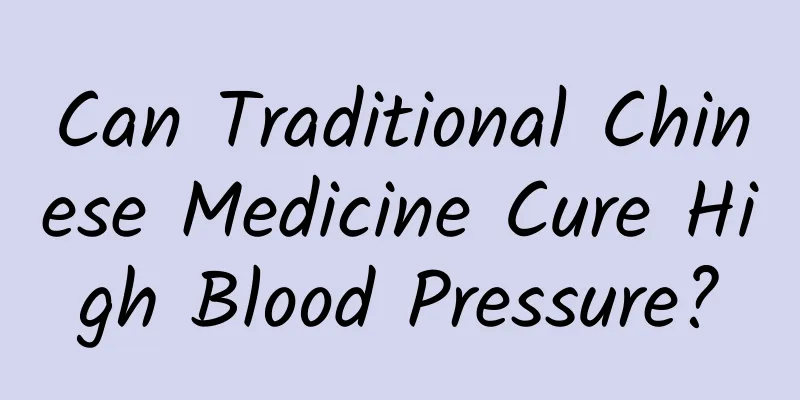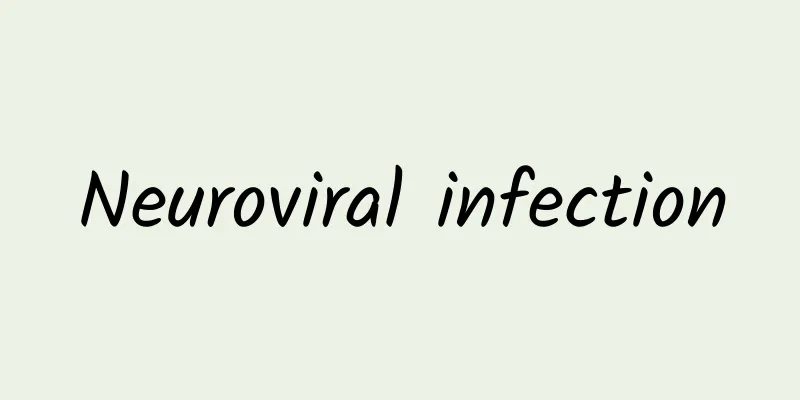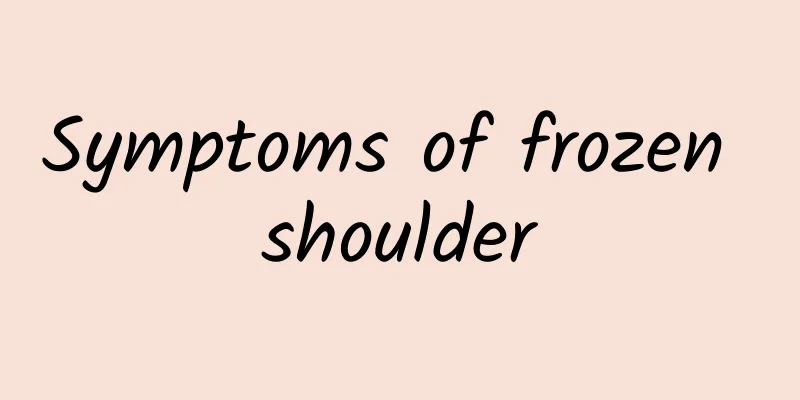What is the cause of arrhythmia?

|
Arrhythmia, also known as cardiac arrhythmia, means that the heart rate is not within the normal range. A very common cause is heart disease. There are many types of arrhythmia, and it is very common among middle-aged and elderly people. If it is caused by pathological heart disease, it must be treated promptly. 1. Causes 1. Respiratory sinus arrhythmia: Respiratory sinus arrhythmia is the most common type of sinus arrhythmia. It mostly occurs in children, young people and the elderly, and is less common in middle-aged people. 2. Non-respiratory sinus arrhythmia: Non-respiratory sinus arrhythmia is rare and the specific cause is not very clear. Some people believe that it is related to anger, emotional instability, or the use of certain drugs (such as digitalis, morphine, etc.). 3. Migratory rhythm within the sinoatrial node: the point of occurrence of excitement moves within the sinoatrial node. 4. Sinus arrhythmia related to ventricular contraction and blood ejection: Sinus arrhythmia related to ventricular contraction and blood ejection is due to abnormal ventricular contraction and blood ejection, which leads to uneven blood supply to the sinoatrial node, thereby causing changes in the autonomy of the sinoatrial node. 5. Sinus arrhythmia induced by ectopic heart rhythm: Ectopic excitation, especially ectopic excitation originating from the atrium, can sometimes cause the excitation of the sinoatrial node to occur prematurely, followed by inhibition of the sinoatrial node, thus causing sinus arrhythmia induced by transient ectopic excitation. Respiratory arrhythmia, caused by the expansion and contraction of the chest cavity during breathing, is common in children and young people. It usually has no pathological significance and does not require treatment. It is also seen in heart patients. 2. Symptoms and Signs The clinical manifestations of hemodynamic changes caused by arrhythmia mainly depend on the nature, type, cardiac function and the degree of impact on hemodynamics of the arrhythmia. For example, mild sinus bradycardia, sinus arrhythmia, occasional premature atrial contractions, first-degree atrioventricular block, etc. have little effect on hemodynamics and therefore have no obvious clinical manifestations. More serious arrhythmias, such as sick sinus syndrome, rapid atrial fibrillation, paroxysmal supraventricular tachycardia, sustained ventricular tachycardia, etc., can cause palpitations, chest tightness, dizziness, hypotension, sweating, and in severe cases, syncope, Adams-Stokes syndrome, and even sudden death. The clinical manifestations vary depending on the type of arrhythmia. |
<<: What does a heart rate below 60 mean? A slow heart rate should be watched out for
>>: Heart rate is within the normal range. Are you within the standard?
Recommend
Psoraleaf chinensis
Light bamboo leaves are quite effective in treati...
How is the stomach examined? Gastroscopy is very common.
Most of us have bad stomachs and various stomach ...
How to correct cervical spondylosis
Cervical forward lean is a common symptom, especi...
Human eye color is genetic
We will find that foreigners have blue eyes, and ...
What are the symptoms of eye muscle weakness?
Ocular muscle weakness is actually a relatively c...
Can tea oil cure stomach problems?
Gastric disease is a chronic disease and a relati...
Why do white pimples appear on female genitals?
If there are white pimples on the female genitals...
Quick Ways to Relieve Constipation
People live in a fast-paced lifestyle, and it is ...
A man's dragon vein is a woman's phoenix bone!
The spine is the dragon vein of men and the phoen...
My face suddenly feels numb and uncomfortable, what's going on?
Studies have found that the sudden onset of uncom...
What are the effects of sea cucumber and Cordyceps sinensis
Whether it is sea cucumber or cordyceps sinensis,...
Symptoms of pharyngitis
There are many types of pharyngitis, such as alle...
What are the benefits of donkey's tail?
In daily life, people generally prefer to eat bee...
Is cinnamon cassia bark?
Nowadays, people's living standards are getti...
Why is the tongue coating black?
The colors of tongue coating vary. Some are green...









